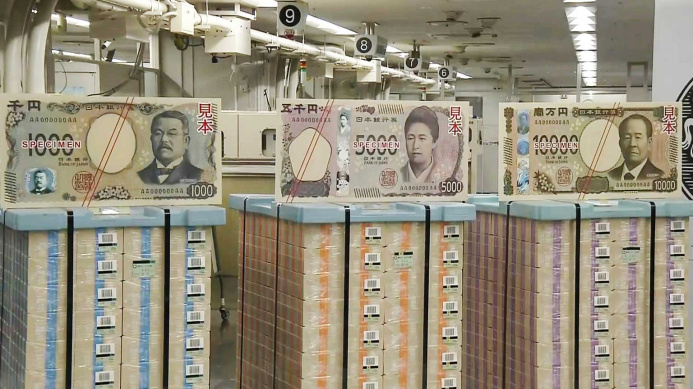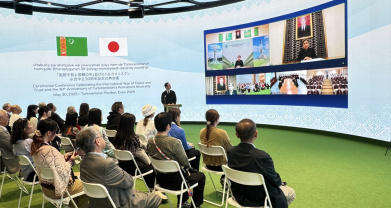New Faces Appear on Japanese Banknotes
09.08.2024 | 12:27 |Amid the global trend toward cashless payments, Japan, which remains true to its tradition of using cash, has issued three new banknotes for the first time in 20 years. The new bills feature unique holograms that make them difficult to counterfeit, reports NHK World Japan.
The 10,000 yen note now features financier Shibusawa Eiichi, replacing philosopher Fukuzawa Yukichi. This is the first change in the design of this denomination of banknotes in 40 years. On the 5,000 yen note, writer Higuchi Ichiyo is replaced by educator Tsuda Umeko, and on the 1,000 yen note, bacteriologist Noguchi Hideyo is replaced by another famous bacteriologist, Kitasato Shibasaburo. These notes replace the previous ones, which had been in circulation for 20 years.
Shibusawa Eiichi
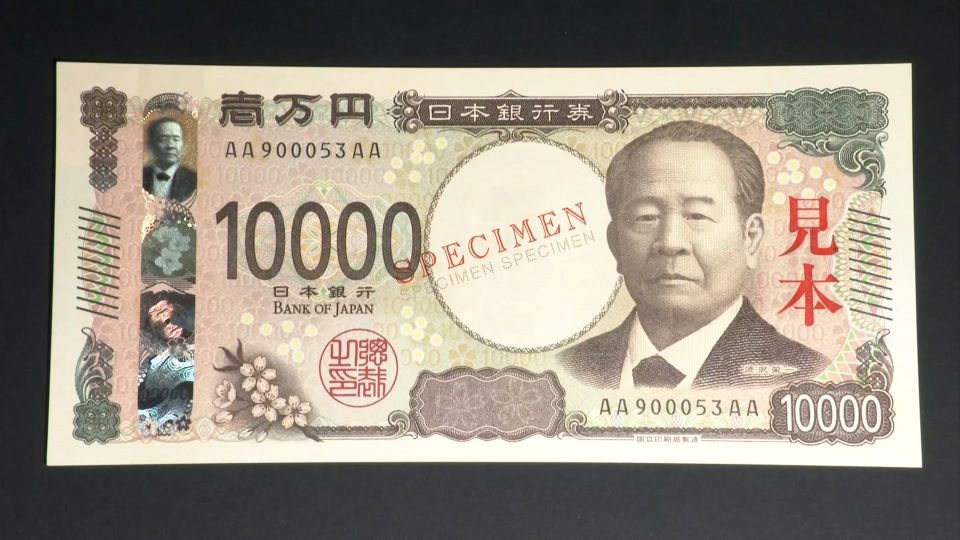
Shibusawa Eiichi, known as the father of the modern Japanese economy, played a key role in the establishment of many banks and companies at the turn of the 19th and 20th centuries. He served Japan's last shogun, Tokugawa Yoshinobu, and worked for the new government after the Meiji Restoration. Shibusawa later founded Japan's first national bank and was involved in about 500 businesses, including banks, railroads, and textile companies. He also helped found a number of educational institutions, such as Hitotsubashi University.
Tsuda Umeko
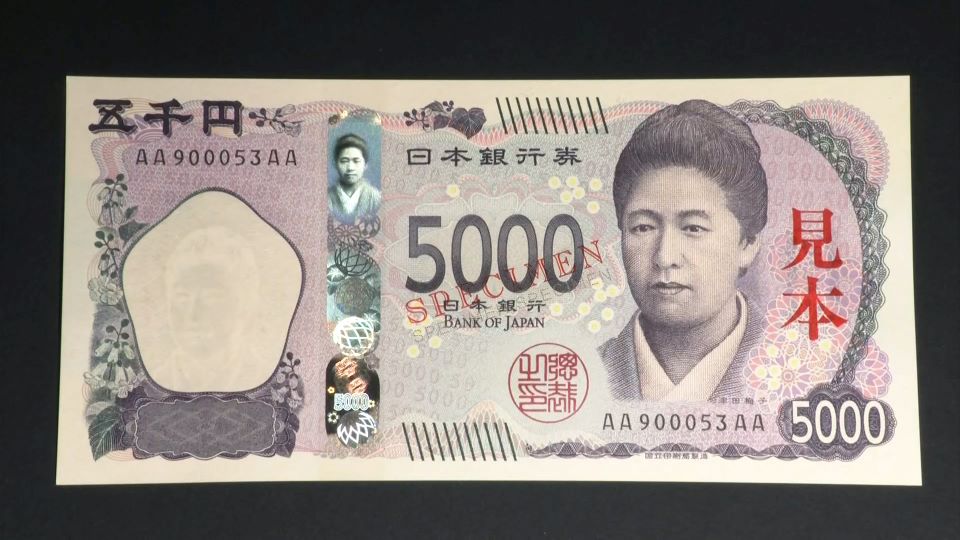
Tsuda Umeko was a pioneer of female education in Japan. In 1871, at the age of six, she went to the United States on a mission for Japanese Ambassador Iwakura Tomomi, becoming one of the first Japanese women to receive an education abroad. After returning to Japan, Tsuda founded what is now known as Tsuda University and worked actively to improve the status of women and promote English language learning.
Kitasato Shibasaburo
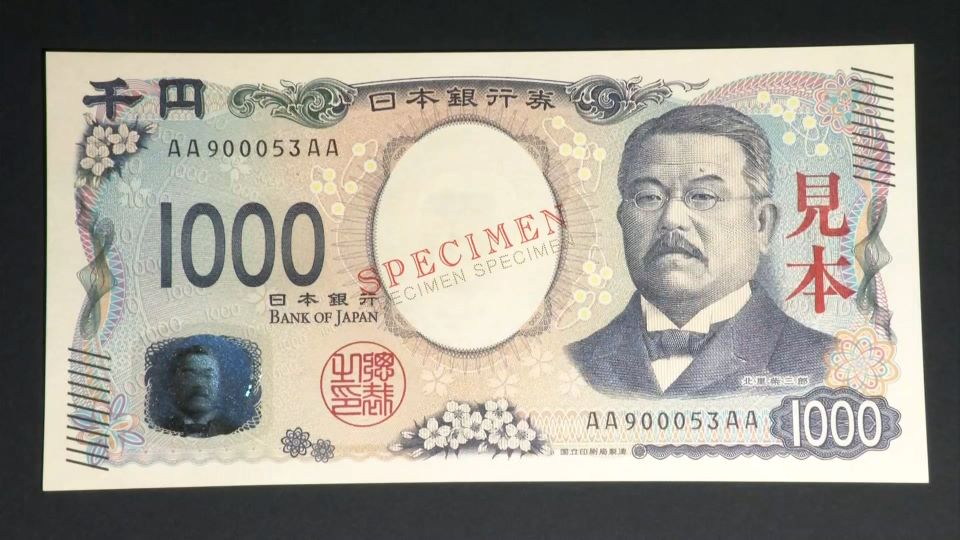
Kitasato Shibasaburo, known as the father of modern medicine in Japan, made significant contributions to the prevention of infectious diseases. He studied in Germany with the famous bacteriologist Robert Koch, and developed methods for growing pure cultures and serum therapy against tetanus.
The Government Printing Office of Japan believes that the people depicted on banknotes should be well known to the Japanese people and make them feel proud. The detailed portraits on the new notes not only highlight the cultural heritage, but also make them much more difficult to counterfeit. Traditionally, the notes have featured political figures such as Ito Hirobumi and Iwakura Tomomi. However, in recent years, preference has been given to cultural figures from the Meiji era (1868-1912), with the final choice of candidates approved by the Minister of Finance after consultation with the Ministry of Finance, the Bank of Japan and the Government Printing Bureau.
ORIENT news

